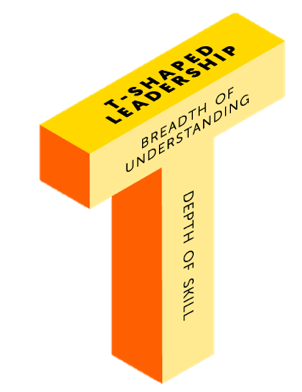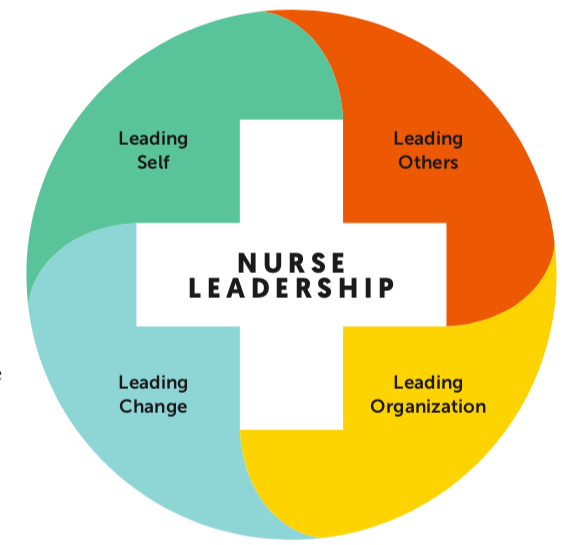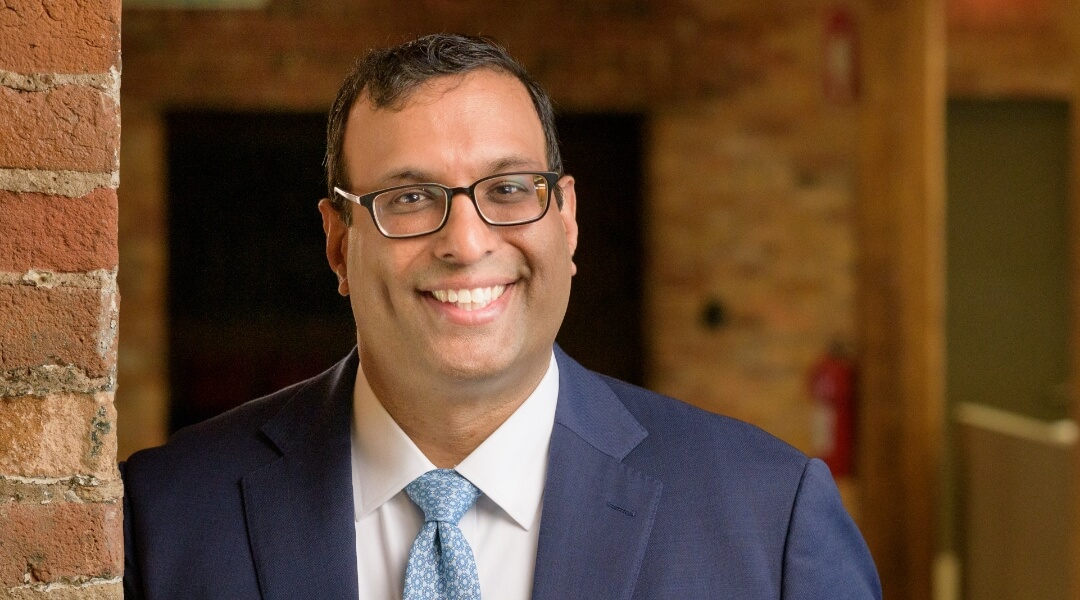Nurse leaders are critical stabilizers and catalysts in the fast-changing healthcare sector, write Cindy Campbell, Mike Canning and Mara Green
Today’s healthcare sector is being transformed by dramatic shifts that show no signs of slowing. Indeed, they are set to accelerate, challenging current assumptions and models – from where care is provided, to who will deliver it and how; and ultimately to how we will pay for it.
In the US and elsewhere, the government’s role continues to expand, increasing paperwork and regulatory compliance requirements. Services and procedures continue to move toward outpatient settings, with nearly 60% of outpatient surgeries expected to take place in ambulatory service centers (ASCs) by 2020, according to the industry specialists, Becker’s ASC Review.
Scientific and technological advances are improving the prediction of disease susceptibility, providing earlier detection, and allowing for tailored therapies – creating a greater need for health teams to work more collaboratively. Patients are taking a greater role as consumers, making their own healthcare decisions and shopping for the best value. Improving quality and the patient experience, while also lowering costs, is leading to a growing trend of linking reimbursements to patient outcomes.
These important shifts are coupled with challenges relating to a critical group of staff in the healthcare sector: nurses. There is a growing shortage of nurses at a time when need is growing, driven by the expanded requirements of an ageing population and the large number of nurses reaching retirement age. Those reaching retirement are being replaced by novice-level nurses fresh from universities. In a world of increasing change and complexity, this entry-level experience base represents an experience gap, which demands more floor-level guidance and mentoring from nurse leaders.
These intersecting trends are creating a perfect storm, exponentially changing and accelerating the demands placed on nurses, and making the role of those who lead them – nurse leaders – more critical and expansive than ever before.
T-shaped leadership

Like many other professions, these new demands mean that nurse leaders need to become more ‘T-Shaped’ (see graphic). T-shaped leadership is a phrase that was first coined by Tim Brown, chief executive at IDEO, a firm known for its human-centred innovation work. It describes two different trends that are simultaneously affecting the skills and knowledge needed by professionals. The vertical foundation, or core, of the ‘T’ represents the depth of skill and technical specialization that these leaders bring to their role. The horizontal top of the ‘T’ refers to broader knowledge, skills and propensities – such as curiosity and willingness to learn, a broader understanding of the ‘business’ of healthcare, and the relational skills needed to collaborate and engage teams.
Clearly, being technically sound is essential to nurse leaders, given what’s at stake in providing care to patients. However, the challenges presented by the new healthcare landscape mean that the real differentiation lies in nurse leaders also being better coaches and teachers, better negotiators and problem solvers, real change agents, and better business managers – all while maintaining both their own resilience, and that of those around them.
In the environment that is emerging in healthcare, nurse leaders need to make sense of and adapt to change – and help their teams to adapt – at a much faster rate. The point is underscored by Jennifer Baughman, a nurse and nurse leader with 27 years’ experience: “For nurse leaders, the task is to not only keep pace as an individual, but to guide and bring others along through the disruption.”
Julie DeLoia, chief academic officer at Dignity Health Global Education (DHGE), points out: “Nurse leadership positions are critical but often difficult to fill. Frequently, these positions are filled by skilled registered nurses who bring strong clinical skills, have a fair understanding of the role, and are good with patients, but who haven’t had an opportunity to practise leading or to participate in structured leadership development.”
Providing such opportunities is critical because nurse leaders are uniquely situated: they are required to act as multipliers, having a positive effect and bringing out the best of others. They must balance the tensions inherent in managing costs, quality, and resources, while relentlessly focusing on delivering positive experiences for patients and their teams.
A new approach for developing nurse leaders
DHGE and Duke Corporate Education (Duke CE) set out to meet the challenge of how to develop more nurse leaders, faster, using a learning experience that is simultaneously engaging and collaborative, and scalable. The course combines Duke CE’s cutting-edge university research on leadership and real-world experience of working with leaders across industries, with best practices, practical experience and insight from some of the best nurse leaders. The course is made with nurse leaders, for nurse leaders.
Designed for both new nurse leaders, who are still learning their managerial role, and for existing nurse leaders looking to further develop their leadership abilities, the course offers a unique combination of evidence-based content, personal insight assessments, role-specific examples and scenarios, and application exercises and discussions. The goal is to help participants develop the mindset, skills, and confidence to become transformational nurse leaders.
Annemarie Roque, a recent graduate of the course, says: “The course is good for more experienced leaders and new leaders because everybody is sharing and learning from each other’s experience.” The curriculum acts as a refresher for some, while for others, it helps accelerate the transition from nurse to nurse leader.
Rhonda Mason, chief nursing executive at a critical care hospital in Arizona, took the course alongside 12 nurse leaders on her team. At the conclusion of the course, she said: “The practices and models were familiar, but it helped me and newer leaders look at the theory. The course gave the ‘why’ – and I think that’s the piece that was beneficial to my team, myself included.”
The course transcends levels and works to enhance nurse leaders’ capabilities, resilience, and overall effectiveness in meeting the challenges of the rapidly evolving healthcare environment. It helps nurse leaders to better lead healthcare teams to deliver improved patient outcomes.
Challenges in four dimensions

The course content addresses the key challenges that nurse leaders face in four important dimensions: Leading Self, Leading Others, Leading Change, and Leading Organization. Within each module, units explore a variety of topics crucial for today’s leaders: from considering their style and the type of leader they want to be, to coaching others and having performance conversations; from helping people navigate change and build a team, to managing a budget and staying regulation-ready.
Mason adds: “There wasn’t a single module that I went through that I didn’t pick up something or refresh something in my mind.” Not only was the content relevant, but participants were surprised at the depth and breadth that the course covers over its 16-week timespan.
The course utilizes an innovative modularized delivery approach that offers flexibility in both time and location, and does not require time away from work. It is driven by distance-based learning content and activities that are flexible and easy to consume for nurses with hectic schedules: content can be accessed while travelling, from home, and on multiple devices.
Each unit contains a series of provocative and practical video lessons, interactive application exercises, and discussions that provide an opportunity for participants to share their experiences, learn from peers, and create a connected community of nurse leaders that speak the same language and can accelerate their shared transformation. A recent graduate said: “The discussion gave me the opportunity to share and learn from peers. There were so many good ideas and connections that will be resources in the future.”
The experience is managed by a course facilitator, either a nurse leadership professor or a former chief nurse executive, who drives conversation across the application exercises and discussions, and provides real-time feedback. Their involvement helps participants quickly and effectively move from learning, to doing.
Past participants in the programme have stressed that they found the Certificate in Nurse Leadership from DHGE and Duke CE distinctive from other programmes on the market. Nurses are busy people with increasing demands on their time in the workplace and in their personal lives. This course makes it convenient to do the learning, but also builds a community of support that accelerates application and insights from real-world situations.
We have already had several members from the same healthcare system or hospital take the course together, an approach that can confer additional benefits. In one cohort, we had a chief nurse executive and several members of her team; we have also had a couple of supervisors taking the course with their nurse leaders. In each instance, the individuals were speaking a common language and providing local support during the application and implementation of the assignments, which significantly increased impact in the workplace.
“There is no question that exponential change in the healthcare sector will disrupt what care is possible, and where and how it is delivered. Nurse leaders are one of the greatest leverage points on the front line of making this change happen while improving care and outcomes for patients,” says Michael Chavez, Duke CE’s chief executive.
The challenges across the healthcare sector are daunting. It has been truly gratifying to build a course that develops a common language, a consistent set of frameworks and tools, and a supportive community that helps nurse leaders better navigate the continuously evolving terrain of healthcare and optimize patient care and outcomes.
We hope this small but smart step will make a difference. Let’s face it, our own lives may depend on it.
— Cindy Campbell is an instructional designer and member of Duke CE’s educator network; Mara Green is director, new commercial models; and Mike Canning is global managing director of innovation and new commercial models, at Duke CE.
— Find out more about the Nurse Leadership Program at bit.ly/DCENL20



